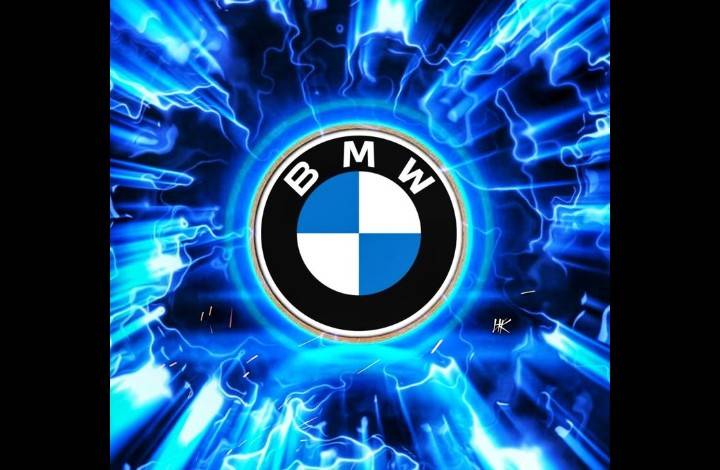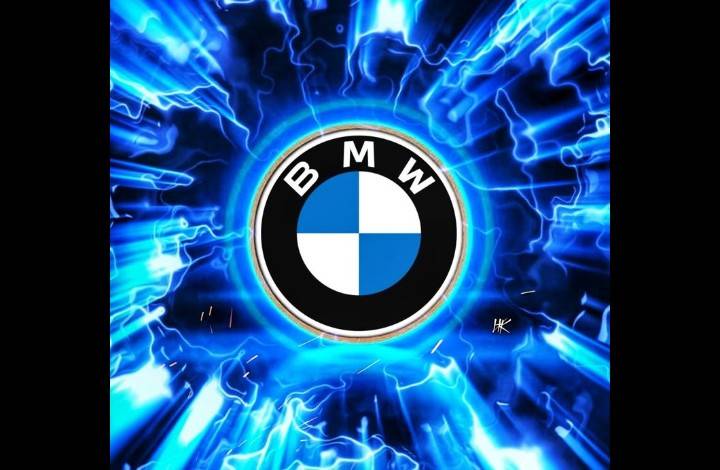The History of BMW: From Aircraft Engines to Luxury Cars
Introduction
When you hear the name BMW, you probably think of sleek designs, powerful engines, and ultimate driving pleasure. But behind this iconic brand lies a rich history that began over a century ago — a journey from aircraft engines to becoming one of the world’s most respected automobile manufacturers.
Early Beginnings (1916–1920s)
BMW — short for Bayerische Motoren Werke AG (Bavarian Motor Works) — was founded in 1916 in Munich, Germany. Interestingly, BMW didn’t start with cars; it began as an aircraft engine manufacturer during World War I.
Their early engines were known for performance and reliability, helping planes reach record-breaking altitudes. However, after the war ended in 1918, the Treaty of Versailles banned Germany from producing aircraft engines, forcing BMW to shift focuses.
Transition to Motorcycles (1920s–1930s)
To survive, BMW began making motorcycles. In 1923, they launched their first bike — the R32 — which set new standards for design and performance. The R32’s engine layout became a trademark of BMW motorcycles for decades.
By 1928, BMW bought a small car company called Dixi, marking its official entry into the automobile industry. The first BMW car, the BMW 3/15, was based on the Austin 7 and became quite popular in Germany.
The War Years (1930s–1940s)
During World War II, BMW returned to aircraft engine production, supplying engines for the German air force. Unfortunately, this association led to severe consequences after the war.
In 1945, BMW’s factories were bombed, its equipment seized, and production was halted. For a time, BMW’s survival seemed uncertain.
The Rebirth (1950s–1960s)
After the war, BMW resumed production with motorcycles and small household goods before slowly returning to cars.
The 1950s saw models like the BMW 501 and Isetta — the tiny bubble car that saved the company from bankruptcy. But it was in the 1960s that BMW truly found its identity with the launch of the “New Class” sedans. These sporty yet practical cars redefined BMW’s image and set the stage for future success.
The Rise of a Global Icon (1970s–1990s)
The 1970s marked BMW’s transformation into a global luxury and performance brand.
In 1972, the company introduced the 5 Series, followed by the 3 Series (1975), 7 Series (1977), and 6 Series (1976) — models that remain BMW staples today.
In 1978, BMW launched the M1, its first supercar and the birth of the high-performance BMW M division.
Throughout the 1980s and 1990s, BMW became synonymous with innovation, engineering precision, and driving pleasure.
The Modern Era (2000s–Present)
Entering the 21st century, BMW expanded globally and embraced new technologies.
It acquired Mini and Rolls-Royce Motor Cars, strengthening its luxury portfolio.
The company also pioneered electric mobility with the BMW i3 and i8, showcasing its commitment to sustainability.
Today, BMW continues to lead with cutting-edge models like the i4, iX, and M Series, blending performance, design, and advanced technology.
Bmw i8
Bmw M series.
From its humble beginnings as an aircraft engine maker to a symbol of global luxury and innovation, BMW’s story is one of resilience, reinvention, and excellence. Its famous slogan, “The Ultimate Driving Machine,” isn’t just a tagline — it’s a reflection of over a century of engineering passion and precision.


